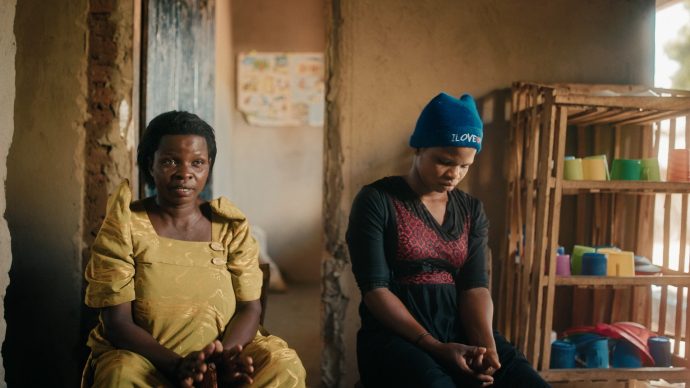Et liv langt fra elnettet betyder kolde vintre i Tadsjikistans landområder, hvor klasselokaler har en gennemsnitlig temperatur på 10 grader. Solenergi og solvandvarme kan være en del af løsningen.
20. februar 2015 (RTCC): After spending a night in the freezing mountains of Tajikistan, a cold shower is not just bracing – it is brutal. But for many Tajik people, hot water is not an option.
In winter, outside of the big cities, many rural households can access electricity for just one to three hours a day.
With temperatures dropping below zero, this can make life unpleasant for those who live and work in mountainous regions.
An ongoing UN project enables women to build their own solar hot water systems.
10 grader i klasselokalet
“There is data to show than an average temperature in a class room is 10-11C. It is just normal that you’re freezing in school,” Robert Pasicko, who works on low carbon projects at the UN Development Programme (UNDP) in Croatia.
“The main idea was to heat the water, which can be used as pre-heated water for cooking, tea, and washing. Warm water is quite a commodity. If you don’t have basic needs your life can get really bad.”
The team in Croatia was invited to work in Tajikistan, following their success at installing solar systems in villages cut off from the electric grid during the Bosnian War of the 1990s.
The lack of electricity means that people have to rely on firewood for heat, which is driving deforestation in the country. 70% of Tajikistan’s mountain woodlands have disappeared since the fall of the Soviet Union and the end of its fuel subsidies.
There is also an absence of men, with around one million of them leaving every year to find work mainly in Russia.
Pontentiale for solenergi
But the country also has over 300 days of sun every year, making it particularly suited to clean, off grid solar energy projects.
And the annual departure of the men means that the women have learnt to become more resilient.
“They call them handy women. They take care of the household, providing energy – it’s their task. You cannot rely on men,” said Pasicko.
The Croatian team therefore decided to teach the Tajikistan women to make solar water heaters themselves.
This week, in Jilikul village next to the Afghan border, 15 women took part in a workshop where they were taught to assemble the technology.
Each system is capable of heating 40 litres of water in just a few hours – a dramatic improvement on the previous method of leaving bottles of water to heat in the sun.
Lokal vidensdeling
Now the plan is to extend and improve the project by setting up informal cooperatives of women, so that they can buy the materials as cheaply as possible and holding more workshops across the border in Kyrgyzstan.
The idea is that the women will then be able to train others who are in a similar predicament themselves. The UNDP team has also produced a manual to help the idea spread.
And, at the request of the women, plans are now afoot to bring more skills to the region, including how to build clean cook stoves, reducing the problem of indoor air pollution.
Læs nyheden på RTCC’s hjemmeside her














